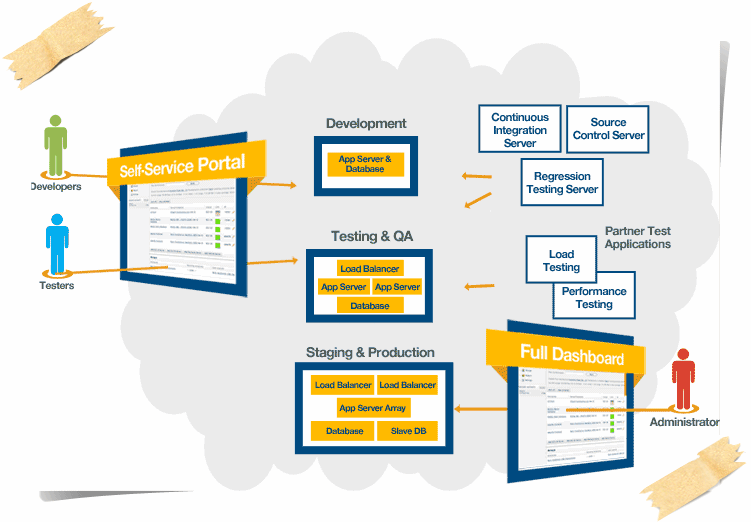Cloud Computing Deployment Models
- Hamizi Jamaluddin
- Jul 9, 2019
- 2 min read
Cloud services can be deployed in different ways, depending on the organizational structure and the provisioning location.
Many deployment models are usually distinguished, namely public, private, community and hybrid cloud service usage.
Here are 8 Cloud Computing deployment models you should know :
1 - Storage as a Service
Large company rents space in their storage infrastructure to a smaller company or individual.
Seen as a good alternative for a small or mid-sized business that lacks the capital budget and/or echnical personnel to implement and maintain their own storage infrastructure.
also being promoted as a way for all businesses to mitigate risks in disaster recovery, provide long-term retention for records and enhance both business continuity and availability.
2 - Database as a Service
A database accessible to clients from the cloud and delivered to users on demand via the Internet from a cloud database provider's servers.
Offer significant advantages over their traditional counterparts, including increased accessibility, automatic failover and fast automated recovery from failures, automated on-the-go scaling, minimal investment and maintenance of in-house hardware, and potentially better performance
3 - Information as a Service
Provides a cost-effective layer of data replication, transformation and consolidation which provides information to information consumers.
4 - Application as a Service
Some combination of programming and dataMade available from a business's Web server for Web users or other Web-connected programs

5 - Platform as a Service
PaaS a way to rent hardware,operating systems, storage and network capacity over the Internet.
The service delivery model allows the customer to rent virtualized servers and associated services for running existing applications or developing and testing new ones.

6 - Integration as a Service
Delivery model that puts system integration into the Cloud
Allows partners to develop,maintain, and manage custom integrations for diverse systems and applications in the cloud
Allows enterprises of modest size to spend more of their valuable resources on the products and services that directly benefit customers

7 - Security as a Service
Involves applications such as anti-virus software delivered over the Internet but the term can also refer to security management provided in-house by an external organization.
8 - Testing as a Service
New model to provide testing capabilities to end users.
Users save the cost of complicated maintenance and upgrade effort, and service providers can upgrade their services without impact on the end-users.
Engaging consultants to help and advise employees or simply outsourcing an area of testing to a service provider.
![OSI SOLUTIONS FINAL JPEG-01[3].jpg](https://static.wixstatic.com/media/93bf49_ff276ec9c565489187349dc0b3af8ef9~mv2.jpg/v1/fill/w_150,h_182,al_c,q_80,usm_0.66_1.00_0.01,enc_avif,quality_auto/OSI%20SOLUTIONS%20FINAL%20JPEG-01%5B3%5D.jpg)
















Comments